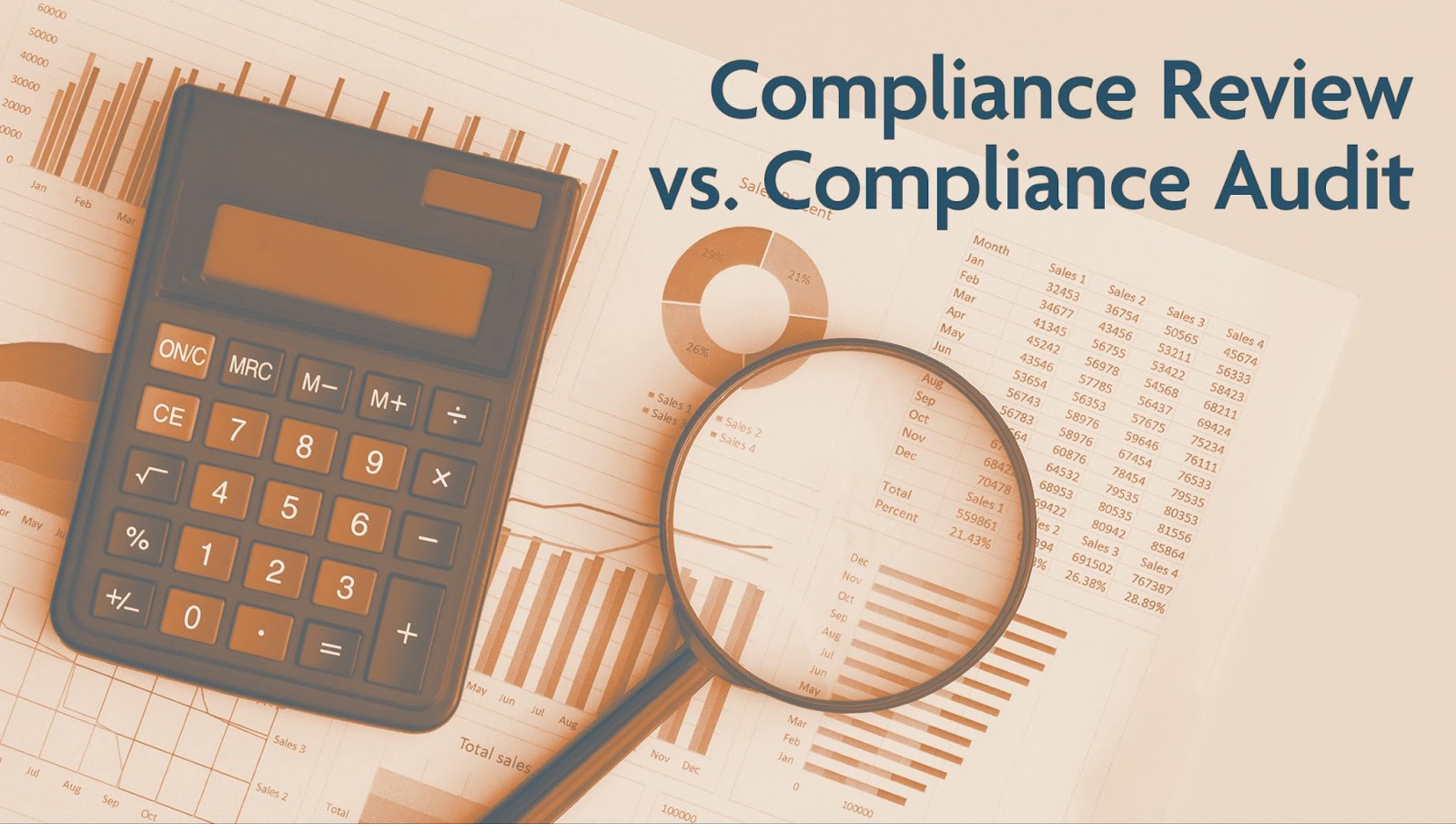Banks, RIAs, fintechs, and other similar financial companies face a maze of regulatory standards that they must navigate to ensure compliance.
Those standards, set forth by regulatory agencies such as the Securities and Exchange Commission (SEC), Federal Deposit Insurance Corporation (FDIC), and Federal Trade Commission (FTC), are implemented to protect consumers from fraud, deceptive tactics, and other malpractices.
However, even well-meaning and ethical companies must adhere to these regulations because the stakes for non-compliance are high. In 2024, the SEC alone ordered financial companies to pay $8.2 billion in fines and penalties, according to a report, which is a 67% increase from 2023.
To mitigate the financial and reputational risks of non-compliance, financial companies are compelled to take a proactive approach. One precautionary measure is leveraging technology to streamline compliance, with the market for RegTech “projected to reach USD 21 billion by 2027,” according to insights from Deloitte. Another critical measure for mitigating the risks of regulatory fines and actions is the compliance review, a thorough examination of a company’s operations, policies, and procedures.
This article will explore:
- What a compliance review entails.
- How a compliance review differs from a compliance audit.
- Why compliance reviews are necessary.
- Practical tips for conducting compliance reviews.
Plus, this article will also explore another key area that can’t be overlooked for compliance review: marketing materials.
What is a Compliance Review?

The basic definition of “compliance review” is when an organization conducts an in-depth assessment of its operations, policies, and procedures and how those align with regulations.
For instance, a bank may assess how it handles the following for alignment with SEC, FDIC, and FTC regulations:
- Financial reporting
- Data protection
- Anti-money laundering (AML) procedures
- Marketing
- Consumer protection
A compliance review is an internal and proactive measure that an organization takes to minimize its risks and strengthen its compliance framework.
Compliance Review vs. Audit: Understanding the Key Differences

As stated above, a compliance review is internal and proactive. A compliance audit, while sharing the similar goal of assessing that an organization is following regulatory standards, is external and mandatory.
Let’s break down how a compliance review and audit differ…
Scope and Focus
Compliance reviews are broad. They encompass every legal and regulatory obligation that a company must follow in its operations, policies, and procedures.
Compliance audits are focused. They verify financial statements, identify any potential fraud, and evaluate internal controls.
Frequency
A company should conduct compliance reviews on a regular basis, at the very least annually or bi-annually. Conducting reviews more frequently provides even greater risk mitigation by ensuring that an organization is up-to-date on the latest in regulatory standards.
For compliance audits, the regulatory agencies or external stakeholders that are conducting the review will choose the timing. Often the audits will be annually.
Objective
The purpose of a compliance review is to empower an organization to identify areas where it is vulnerable to compliance risks. This allows the company to fix any issues before the risks could result in regulator scrutiny and penalties. That is another reason why it is crucial to conduct reviews on a regular basis.
The purpose of a compliance audit is to ensure that a company is following regulatory standards and to penalize any organization that is not in compliance.
Why Financial Companies Need to Conduct Regular Compliance Reviews

For banks, RIAs, and fintechs, compliance is an ongoing process because regulations and risks continue to evolve. Frequent compliance reviews ensure that a company adapts to this shifting environment.
The key reasons for the importance of compliance reviews include:
Regulatory Changes
Government agencies that implement the laws and regulations for the financial industry are constantly revising their requirements.
Conducting a compliance review keeps a company updated on these changes and allows them to adapt their operations and policies to the new regulations.
Risk Management
At its core, a compliance review is compliance risk management. The review provides companies with the opportunity to spot risks and vulnerabilities, as well as the time to fix those issues.
Proactive Approach
Finding those risks and fixing them is a proactive approach. It not only allows companies to fix issues before they escalate, but provides organizations with a documented trail to demonstrate preventative measures to regulatorary authorities.
Building Trust with Clients
Being proactive with compliance reviews isn’t just for preventing sanctions and fines. It can also improve the relationship between a business and its customers.
Being compliant helps to build such customer confidence and loyalty that, according to a study from NorthRow, “73% of leaders [agree] that meeting compliance standards improves the perception of their business.”
A commitment to compliance demonstrates to customers that a company values transparency and accountability.
Best Practices for Conducting an Effective Compliance Review

Now that you understand the definition of a compliance review and why it’s so important for banks, RIAs, fintechs, and other financial companies, it’s time for practical tips for conducting an effective compliance review.
To create a structured approach to compliance reviews, consider the following:
1. Review All Areas of Compliance
When reviewing for compliance, cover all areas of your organization. This includes:
- Financial reporting.
- Anti-money laundering (AML) requirements.
- Know-your-customer (KYC) procedures.
- Cybersecurity.
- Data privacy.
- Including related laws like General Data Protection Regulation (GDPR) and California Consumer Privacy Act (CCPA).
- Consumer protection.
- Employee training.
- Relating to how your staff handles important information and reports any potential compliance issues.
Because this requires such a broad scope of an organization’s operations and processes, build a compliance checklist to assist with reviewing. List every regulatory requirement that applies to your company and methodically work through each checklist item to ensure every department is compliant.
2. Involve Key Stakeholders
Compliance reviews aren’t intended to be done in secret. Instead, transparency and the involvement of key stakeholders at your company is essential.
Hold a meeting and involve stakeholders from your legal, finance, operations, and IT departments when conducting a compliance review. This will help with your all-encompassing evaluation by providing a complete view of your company's compliance status and any potential risks.
3. Leverage Technology
A “Fintech, Regtech and the Role of Compliance Report” from Thomson Reuters found that the covid pandemic accelerated the use of technology for compliance, with 70% of risk and compliance experts stating so.
It’s for good reason that technology has made its way into the financial compliance workflow. It streamlines the review process with regulatory tracking, automated reports, and the ability to identify risks with greater accuracy and efficiency than a manual process.
4. Document Findings and Actions Taken
Thorough documentation is helpful for internal purposes, allowing you and your team to reference past risks and resolutions. This can assist you with resolving current and future compliance issues.
However, it isn’t just for internal use; documentation allows you to demonstrate to regulators that your company has been adhering to requirements and fixing any issues that present themselves.
Create a compliance documentation process that includes:
- A record of findings.
- Action plans taken.
- A timeline marking how long it took to resolve any issues.
5. Implement Corrective Actions and Monitor Progress
While thorough documentation is critical, do not let the process slow down the corrective actions you must take for any compliance issues. Instead, take swift action. Such actions as:
- Updating company policies.
- Additional employee training.
- Enhancement to internal controls.
In addition, monitor these actions to ensure their effectiveness and delegate specific staff members or departments to be responsible for any of these actions.
6. Schedule Regular Reviews
To complement the structure that checklists and documentation provide, establish a routine schedule for your company’s compliance reviews.
It may sound simple, but according to COMPLY, “37% of compliance professionals have difficulty finding time to dedicate to [the] RIA annual compliance review process,” demonstrating the importance of a schedule.
Whether it is annually, bi-annually, quarterly, or another schedule that suits your organization, maintain consistency to ensure continued compliance.
7. Train Employees Regularly
If your team is ill-informed about the effects regulatory requirements have on their day-to-day work, then your compliance reviews will be moot.
Compliance training should be conducted regularly. It gives you an opportunity to update all staff members on regulatory changes and how company policies have adapted to these changes.
Marketing Materials: Another Key Area for Compliance Review

Compliance reviews that ensure a company’s operations, policies, and procedures are aligned with regulations can be scheduled at regular intervals. However, a compliance review that must be conducted much more frequently–even every day–is the reviewing of marketing materials.
Reviewing marketing materials is critical for banks, RIAs, fintechs, and other companies because any mistakes with those materials can lead to:
- Fines
- Sanctions
- Brand damage
- Loss of customer trust
And for these financial companies, all documents that promote financial products or services must be subject to compliance review. These documents include, but are not limited to, the following:
Advertising Materials
- Brochures
- Flyers
- Digital ads
- Social media posts
Client Communications
- Newsletters
- Emails
- Reports
- SMS communications
Website Content
- Blogs
- Product descriptions
- Disclosures
- Other website copywriting
Multimedia Content
- Promotional videos
- Webinars
- Podcasts
Leverage the Power of Luthor
In the past, compliance review for marketing materials would have to be done manually. This included multiple levels of scrutiny, from the initial drafts created by a marketing team, to a manual compliance check, and finally, approval from the legal department.
This created significant bottlenecks and prevented banks, RIAs, and fintechs from getting their marketing content published at the speed they needed to remain competitive. Today, financial companies can leverage the power of Luthor to create, review, and publish their marketing materials six times faster than before, while still maintaining full compliance with regulators. Book a demo with the Luthor team today and unblock your marketing team.




